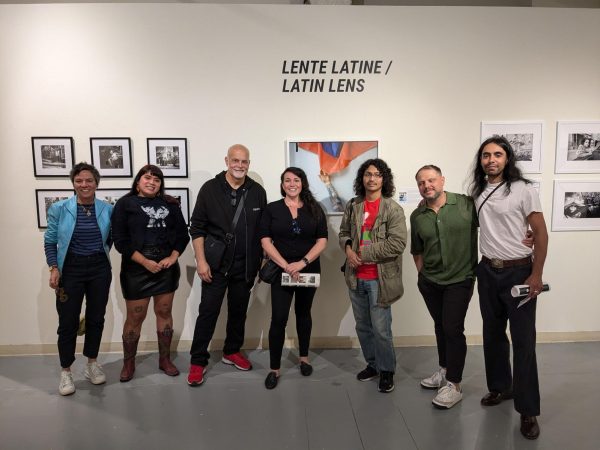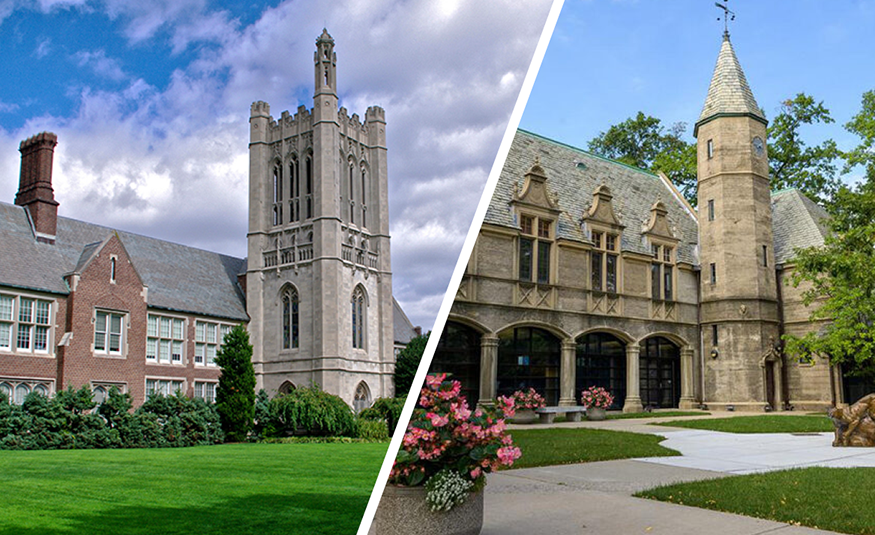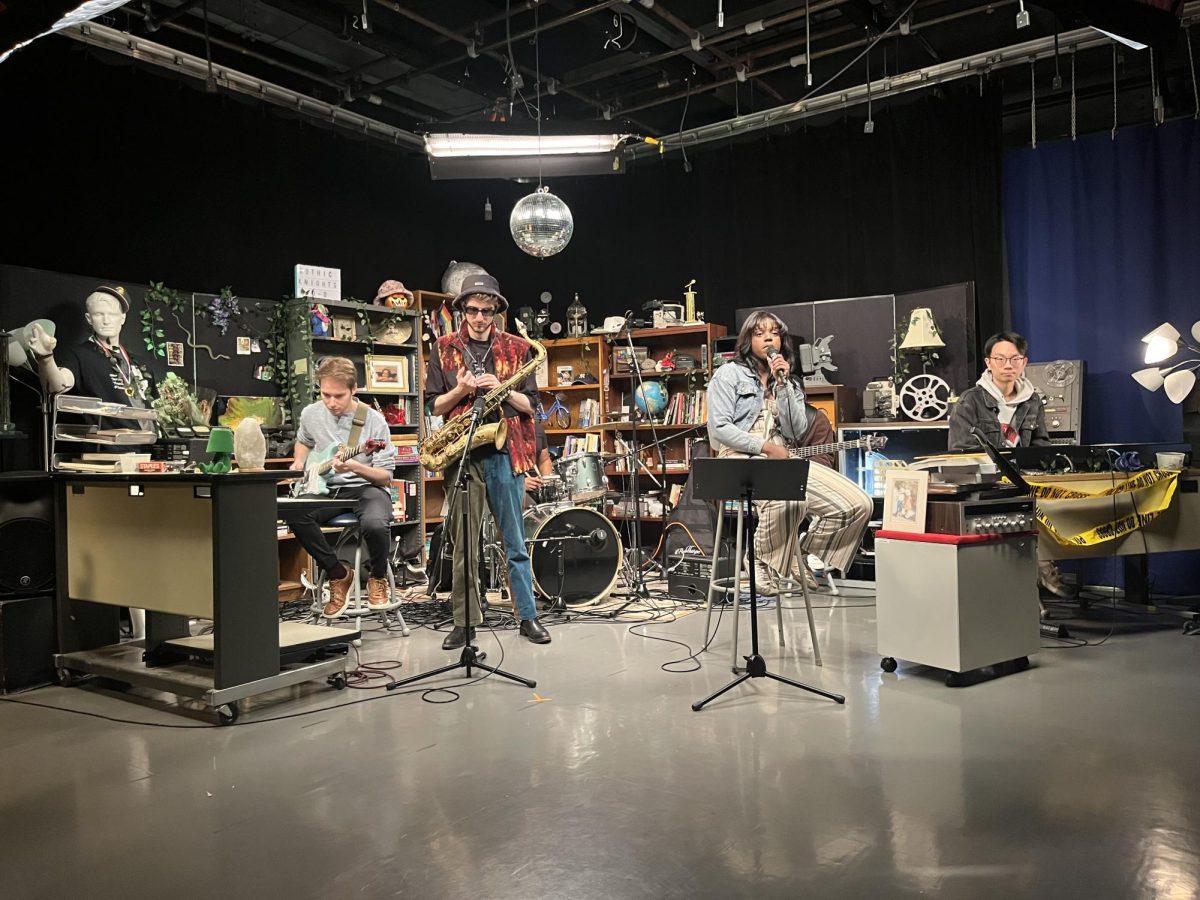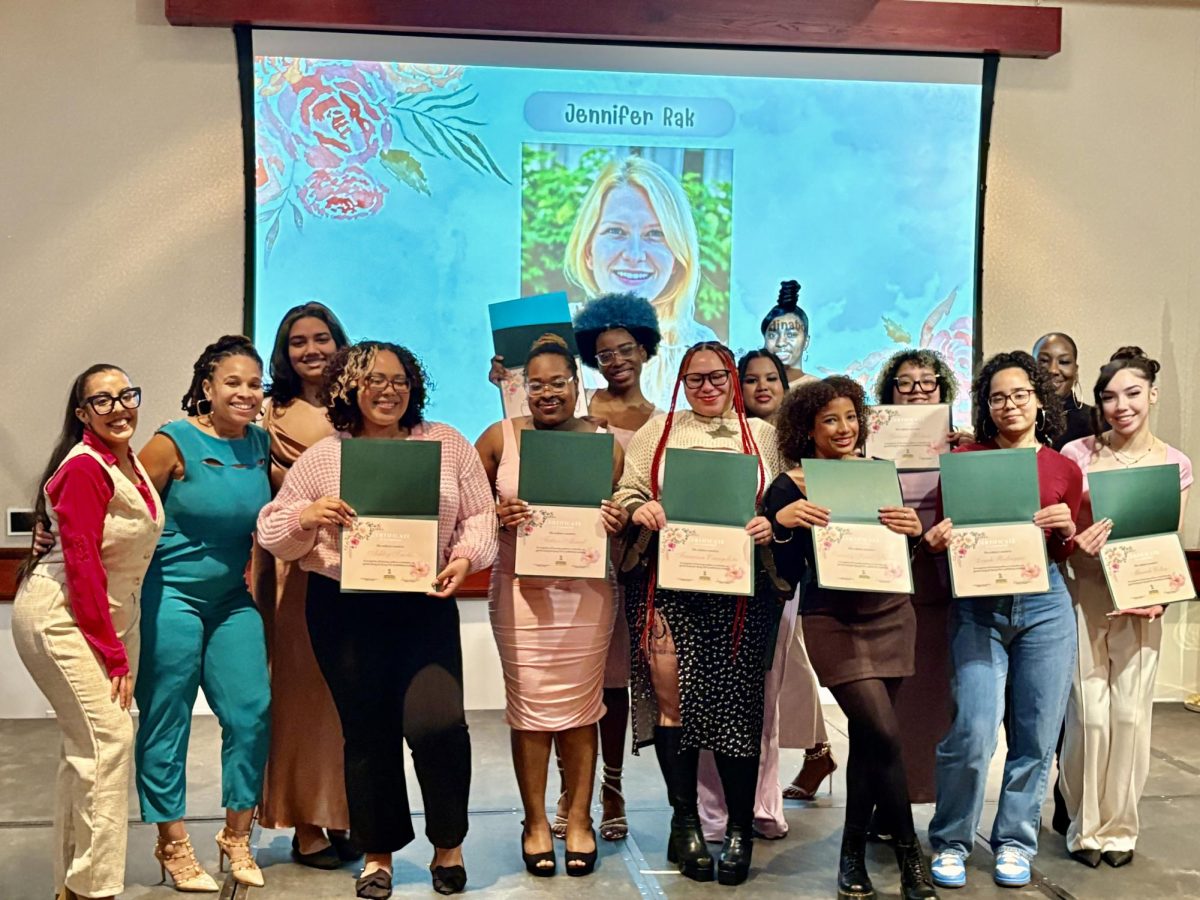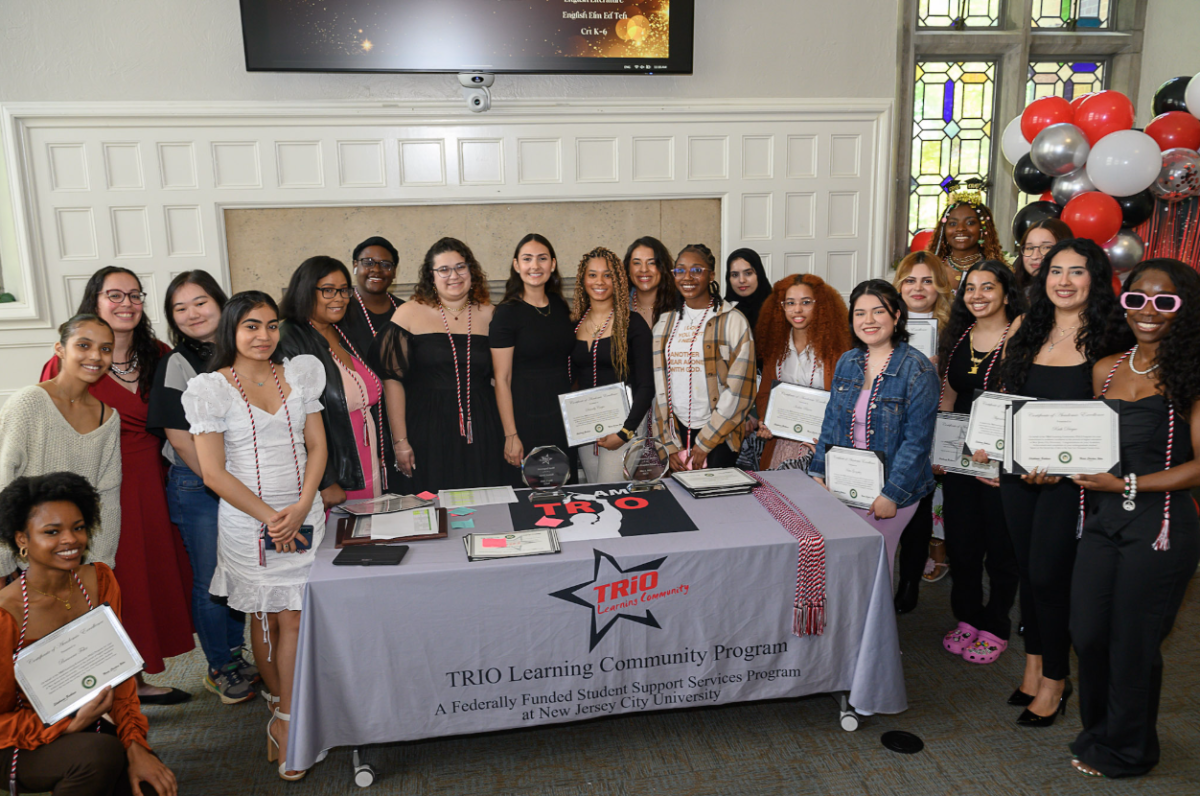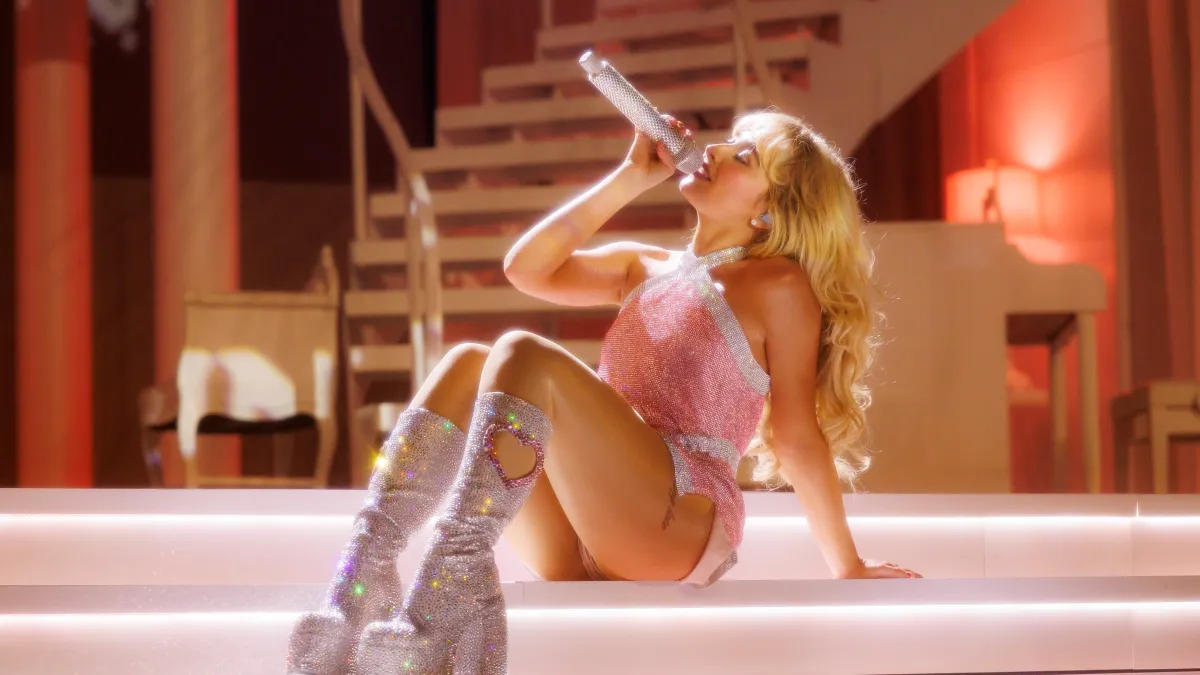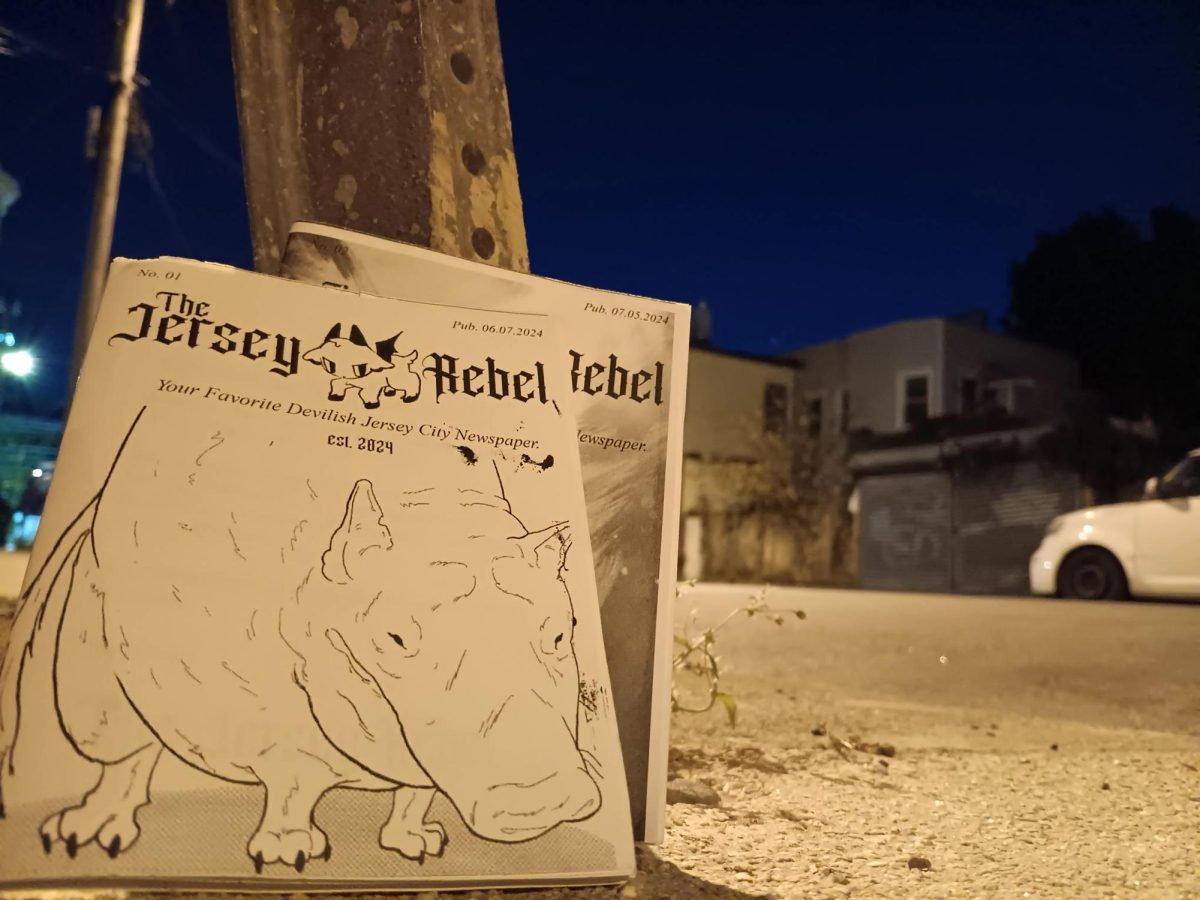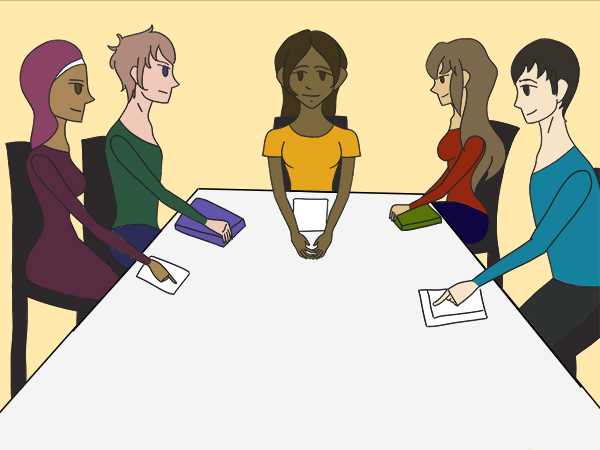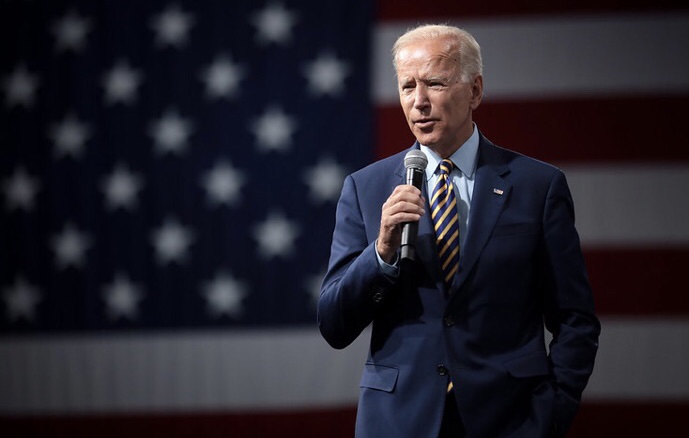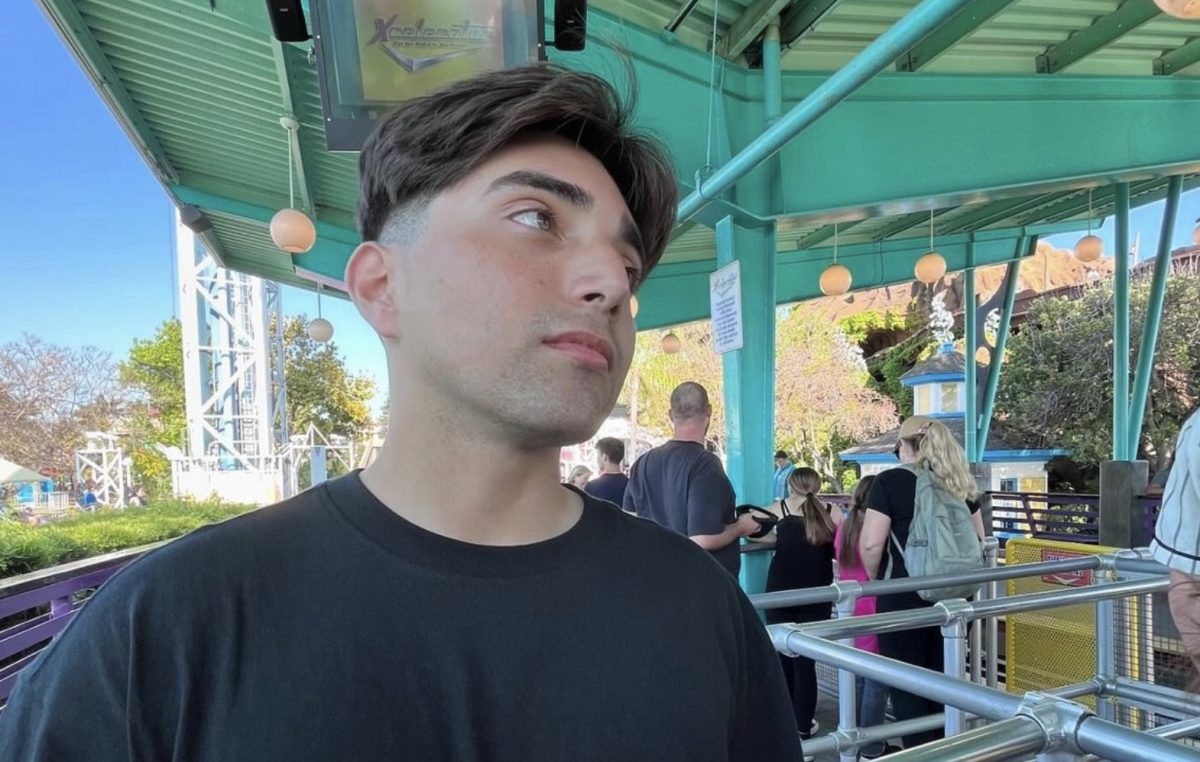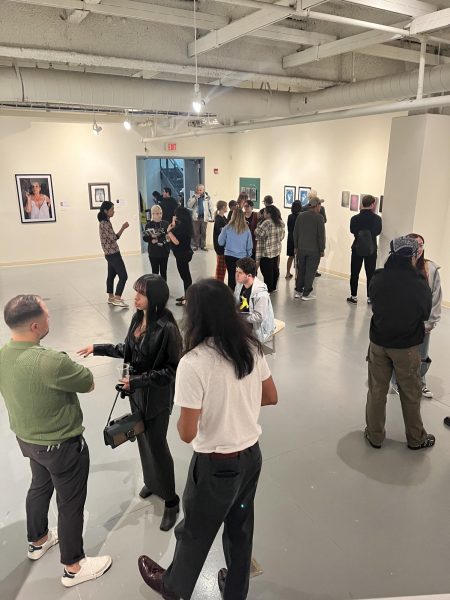
From September 24th to October 31st, 2024, NJCU’s Visual Arts Gallery opens its doors to another beautiful exhibition celebrating Latin culture in honor of National Hispanic Heritage Month. The show features 13 Latine contemporary photographers expressing different aspects of Latin diaspora, identity, politics, and relationships in spaces across the East Coast of the U.S.
The mind behind the exhibit is Natali Bravo-Barbee, an Argentinian American photographer who focuses on preserving Latin culture through her photography and installations. Last year, her works were displayed in NJCU’s “Artistas de Latino América Sueños y Posibilidades/ Latin American Artists: Dreams and Possibilities” exhibition.
This year, she makes her exhibition curator debut with “Lente Latine/ Latin Lens.” In the exhibit’s opening, Bravo-Barbee says the photos and photographers are “opening up a circle, but for everyone to see and relate to.” Despite the different perspectives shared by the artist, their stories are all interwoven through their cultural identity, creating a feeling of comradery when looking at the photographs. Photography can be a lonely profession, but Bravo-Barbee did a great job finding pieces that let the photographer stand out and also let them be part of a community that provides representation to Latine artists in the NJCU and Jersey City communities.
Family
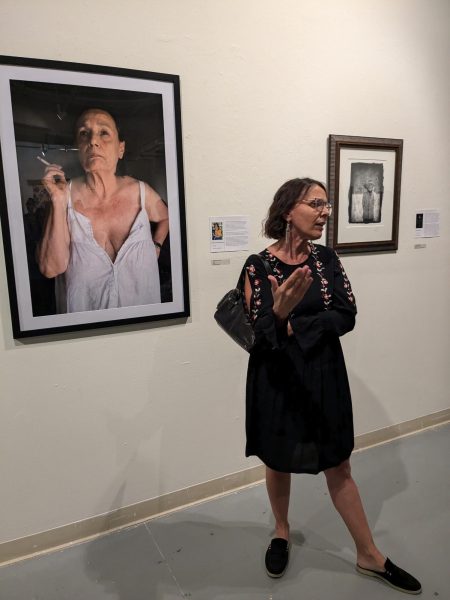
Family values are honored in many countries. As Gabriel Garcia Roman, one of the exhibit’s artists, said in his interview with Mariia Pokusina, “The Latino community families are also usually larger, they give a lot of importance to the relationship with parents, although they can also be more complicated.” The photographers in the exhibit either immigrated from Latin America or were born in the U.S.. All of them, in one way or another, had to struggle to juggle ideology from their ethnic culture carried by their parent(s) and American culture.
Josefina F. Moran, Orestes Gonzalez, and Gabriel Garcia Roman tackle the family topic through portrait photography. Moran and Gonzalez’s photos capture the mundane and turn simple memories into artifacts that showcase the beauty of cherishing even the simple moments with family as they grow older. Moran’s use of color makes the photo feel like those slow-motion scenes in movies where the main character looks peacefully at their loved one. Whereas Gonzalez’s black-and-white photo portrays the past and the loss of the present.
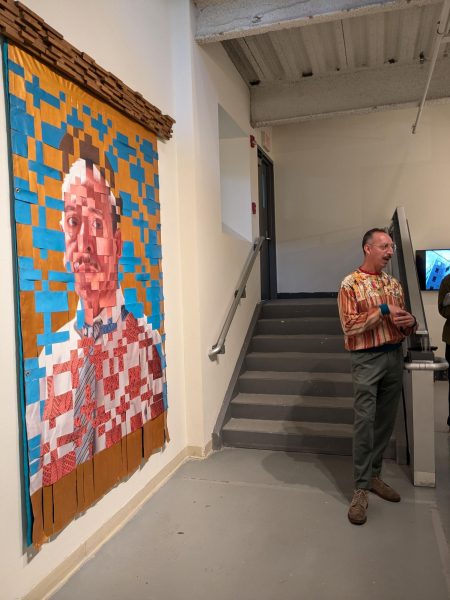
Roman takes a similar approach with his piece honoring his father after his passing. He weaves his father’s portrait into his own to showcase the similarities between him and his father despite their complex relationship. Not only do they look similar in the piece, but they also have similar tendencies to reuse recycled materials, which Roman cherishes as “this remains as a pattern and links me with him.”
Identity
“We are all Americans, from top to bottom,” Juan C. Giraldo said during the artist talk about his “Luis’s Arm with Flag” piece. But “American” is a broad term when America is a melting pot of many cultures. The exhibit specifies what it means to be American through the Latin lens (*wink*), one of the country’s most prominent cultures.
Carlos Alejandro, Monica Flores, Qiana Mestrich, Lizzy Alejandro, William Riera, and Juan C. Giraldo all tackle this subject differently. Many of these photos are portraits of the photographers and Latine people proudly embracing their cultural identity like Lizzy Alejandro’s “El Diablo es una Mujer/ The Devil is a Woman.” Her portrait has her wearing the vigilante mask, typically worn by Puerto Rico men during Carnival, to portray Latin women reclaiming power in cultural spaces.
Being a minority is having your identity mixed into politics. The photos in the exhibit speak of the political inequality of Latin American people. Mestrich’s “Group 4 from the ‘Namesake’ Series” is one of them, displaying blurry images of mugshots belonging to different Black and Latina women named “Qiana.” The piece speaks on mass incarceration and racial profiling against Black and Latina American women.
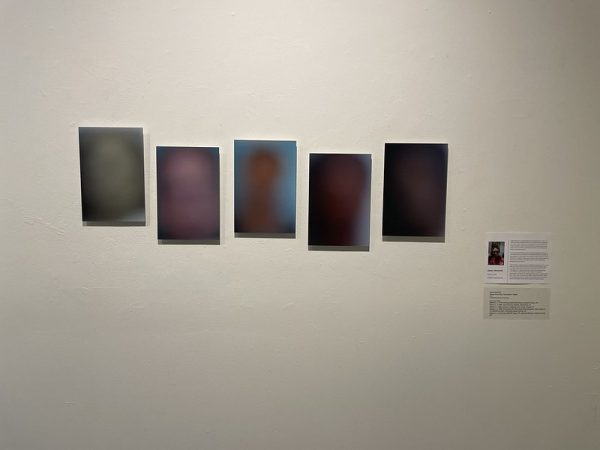
Environment
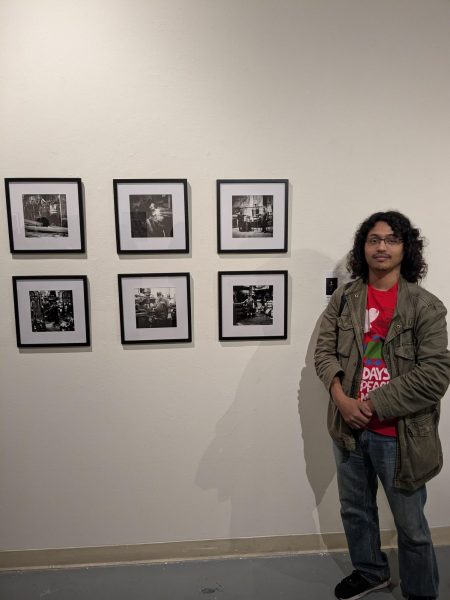
The final main topic the exhibit spotlights is the urban environment’s effects on the people. Manuel Acevedo, Cesar Melgar, and Dakota Santiago’s images are moments that go underappreciated but hold a lot of value to the city it’s captured in. Dakota Santiago, one of NJCU alumnus, takes pictures of New York industrial workers in their craft to showcase the never-ending labor that goes into creating today’s infrastructure. Visiting our neighbors in Newark, NJ, Melgar and Acevedo tell different stories of Newark. While Acevedo highlights the city in the 1980s, Melgar focuses on the decay of Newark after the 1967 protest and the big urban renewal projects that caused “many businesses were burned, and the result of that is that many of them closed and many people left the city, leaving it to rot” (Pokusina, 2024). Having these stories play off each other showcases the lost history of Newark, NJ.
Rather than focusing on the city, Jaqueline Herranz Brooks’s piece focuses on the surrounding nature. Taken with an iPhone 9, Brooks combines pictures and audio to create an immersive experience of walking through the wilderness. To her, “Nature photography has a strong impact on Latin Americans because landscape photography is really what was South America without population—that image of a virgin land before the colonizers came… this virgin land was here in the US too” (Pokusina, 2024).
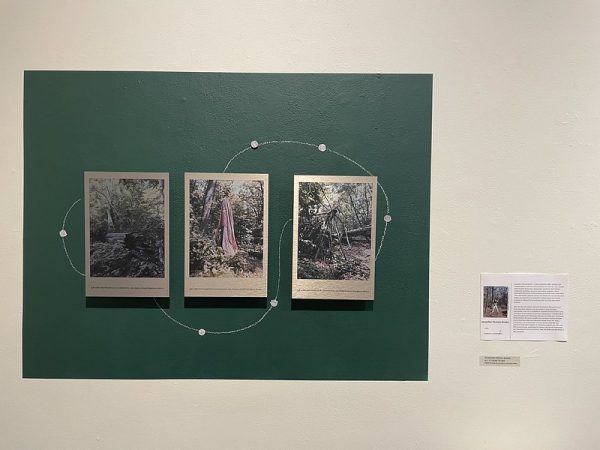
There are so many amazing photographs in “the Lente Latine/ Latin Lens” exhibit I wasn’t able to feature in this article, so I encourage you to head on over to NJCU’s Visual Art’s building in the basement and see them for yourself. The exhibition is a wonderful display of identity and togetherness in the Latin community. In a culture that has been mangled and demonized, this exhibit showcases the connection Latin Americans today have with their culture and ancestors and their determination to “revive that idea that this is what we have within us, and this keeps us more unified because Latinos are very diverse… and this is what unites us” (Pokusina, 2024).
Special thanks to Mariia Pokusina for her insightful interviews with the artists. I highly recommend checking out her transcript to see the full version.
And, don’t miss out on the “Artists’ Panel: Taking the Camera for a Walk” featuring Manuel Acevedo, Juan Giraldo, and Cesar Melgar on October 23rd 4-5:50 pm at the Visual Arts Building Auditorium B08.
Learn more of NJCU’s latest exhibits on @njcugalleries’s Instagram and https://www.njcu.edu/community/center-arts/galleries.
